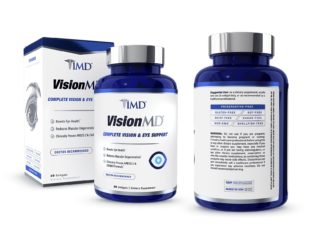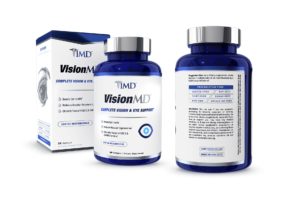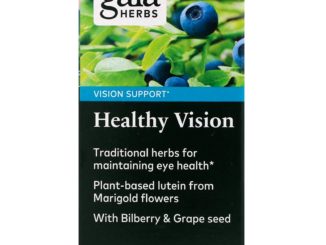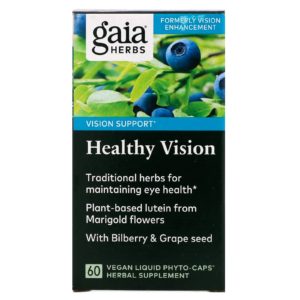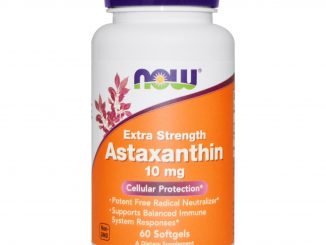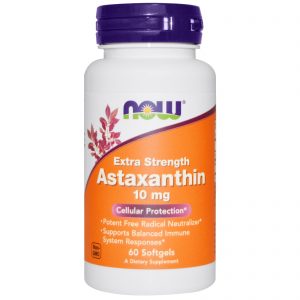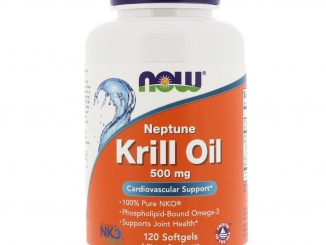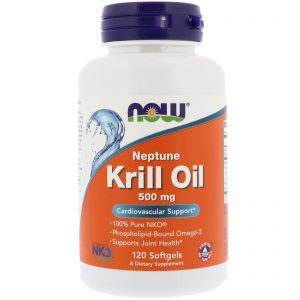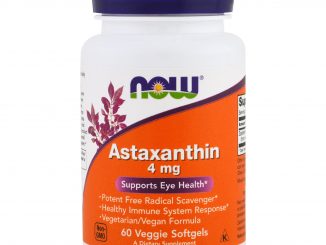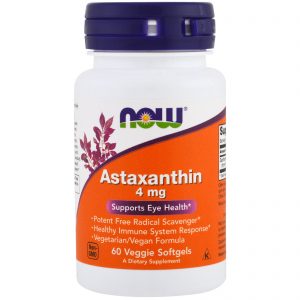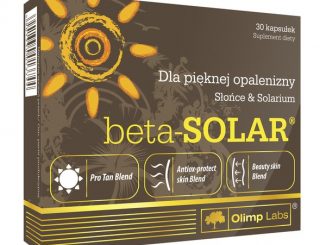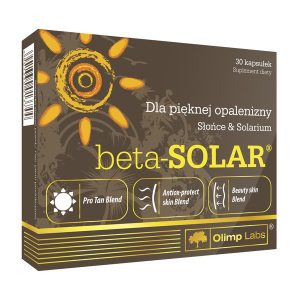The properties of Astaxanthin
Astaxanthin is a keto-carotenoid. It belongs to a larger class of chemical compounds known as terpenes (as a tetraterpenoid) built from five carbon precursors, isopentenyl diphosphate, and dimethylallyl diphosphate. Astaxanthin is classified as a xanthophyll (originally derived from a word meaning “yellow leaves” since yellow plant leaf pigments were the first recognized of the xanthophyll family of carotenoids), but currently employed to describe carotenoid compounds that have oxygen-containing components, hydroxyl (-OH) or ketone (C=O), such as zeaxanthin and canthaxanthin. Indeed, astaxanthin is a metabolite of zeaxanthin and/or canthaxanthin, containing both hydroxyl and ketone functional groups.
The primary natural sources for industrial production of astaxanthin comprise the following:
- Euphausia pacifica (Pacific krill),
- Euphausia superba (Antarctic krill),
- Haematococcus pluvialis (algae),
- Pandalus borealis (Arctic shrimp),
- Xanthophyllomyces dendrorhous, formerly Phaffia rhodozyma (yeast).
The primary human application for astaxanthin is as a dietary supplement. Astaxanthin is used as a dietary supplement and feed supplement as food colorant for salmon, crabs, shrimp, chickens and egg production.


























































